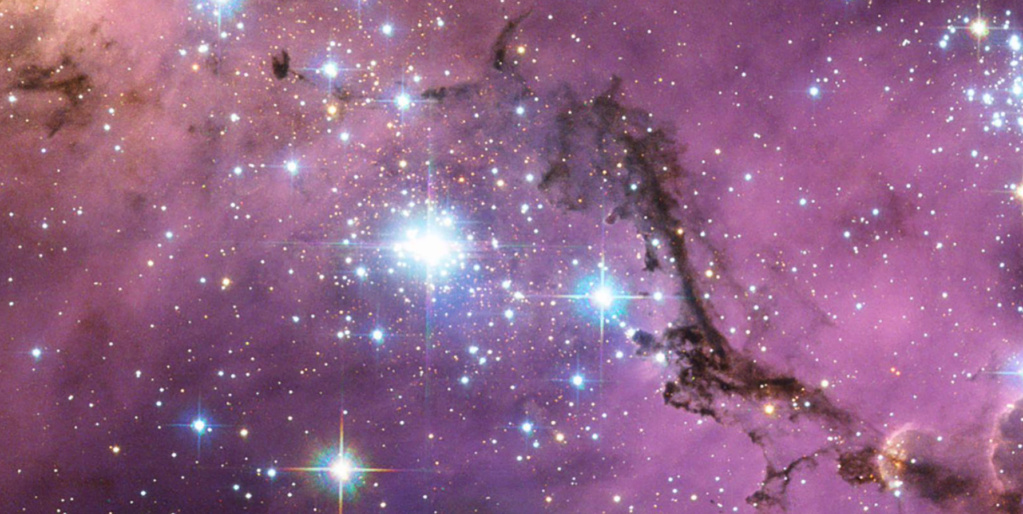The speed of expansion of the universe exceeds all predictions

Located nearly 200,000 light-years from Earth, the Large Magellanic Cloud is a satellite galaxy of the Milky Way, ie it orbits around the latter. As the Milky Way pulls on its clouds of gas, they collapse to give birth to new stars that illuminate the Large Magellanic Cloud in glorious color like a kaleidoscope.
A new study has heightened the mystery surrounding the Hubble constant, one of the most important values in astronomy.
New evidence suggests that the current rate of expansion of the universe may be greater than that of its younger years, a difference that is prompting scientists to conduct research into the cosmic forces that may be at play. , the rate of change (9% faster than expected) would force us to rethink some fundamental aspects of the cosmos.
The results published in the Astrophysical Journal are the latest in the long-running controversy over the Hubble constant, which describes the rate of expansion of the universe at any given time.
In recent years, many studies have shown that measurements of the Hubble constant from the cosmic microwave background (the oldest light in the universe, emitted 380,000 years after the big bang) are at odds with estimates made from younger stars, for example those in our Milky Way , even after accounting for mysterious cosmic forces like dark energy that is accelerating the expansion of the universe.
"The universe is outpacing all of our expansion predictions, and that's very disturbing," says study lead author Adam Riess , an award-winning Johns Hopkins University astronomer. in 2011 by the Nobel Prize in Physics for helping to highlight dark energy alongside Saul Perlmutter and Brian P. Schmidt.

For some, this discrepancy is due to the incomplete nature of the data, or undetected errors that skew the estimates . However, based on recent measurements of our cosmic surroundings made by the Hubble Space Telescope, Riess and his colleagues argue that the discrepancy is not only real, but is even greater than it appears. never been.
In the new study, Riess' team puts the Hubble constant at a value of 74.03 km/s/Mpc (kilometers per second per megaparsec), plus or minus 1.42. A figure inconsistent with the best estimates of Planck , the space observatory developed by the European Space Agency and author of the most precise measurements to date of cosmic microwave radiation. Planck's data pegs the Hubble constant at around 67.4 km/s/Mpc, plus or minus 0.5. In statistical terms, the difference between these two results is approximately 4.4 sigma, or a 1 in 100,000 chance that the discrepancy is simply due to chance.

“To illustrate, take, for example, a two-year-old child and measure his height and then try to estimate how tall he will be when he grows up. We can then wait until he has grown to measure him again,” explains Riess. “If it goes far beyond this extrapolation, we are faced with a real mystery. There is something wrong with our understanding of how he grew up. »
TIME THE UNIVERSE
Calculating the Hubble constant and therefore the rate of expansion of the universe based on the motion of the stars requires two types of data: how far away a given star is and how fast it is moving away from us.
To measure the speed of a star, astronomers track variations in the light emitted by that star. To measure the distance, they use different tools ranging from pure and simple geometry to the careful observation of variable stars called Cepheids. The luminosity of these stars increases and decreases at regular intervals, the rhythm of these pulsations is closely linked to the general luminosity of the star: the brighter it is, the slower its pulsations.
Source : websites

